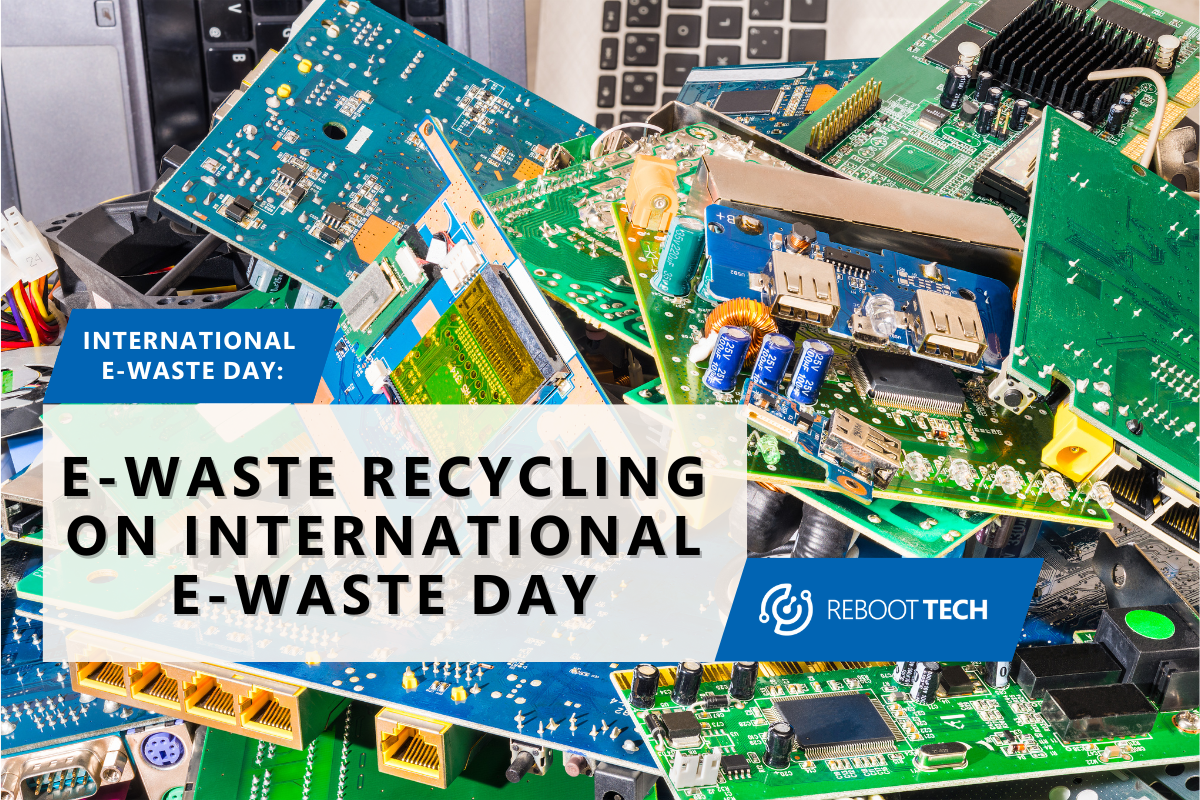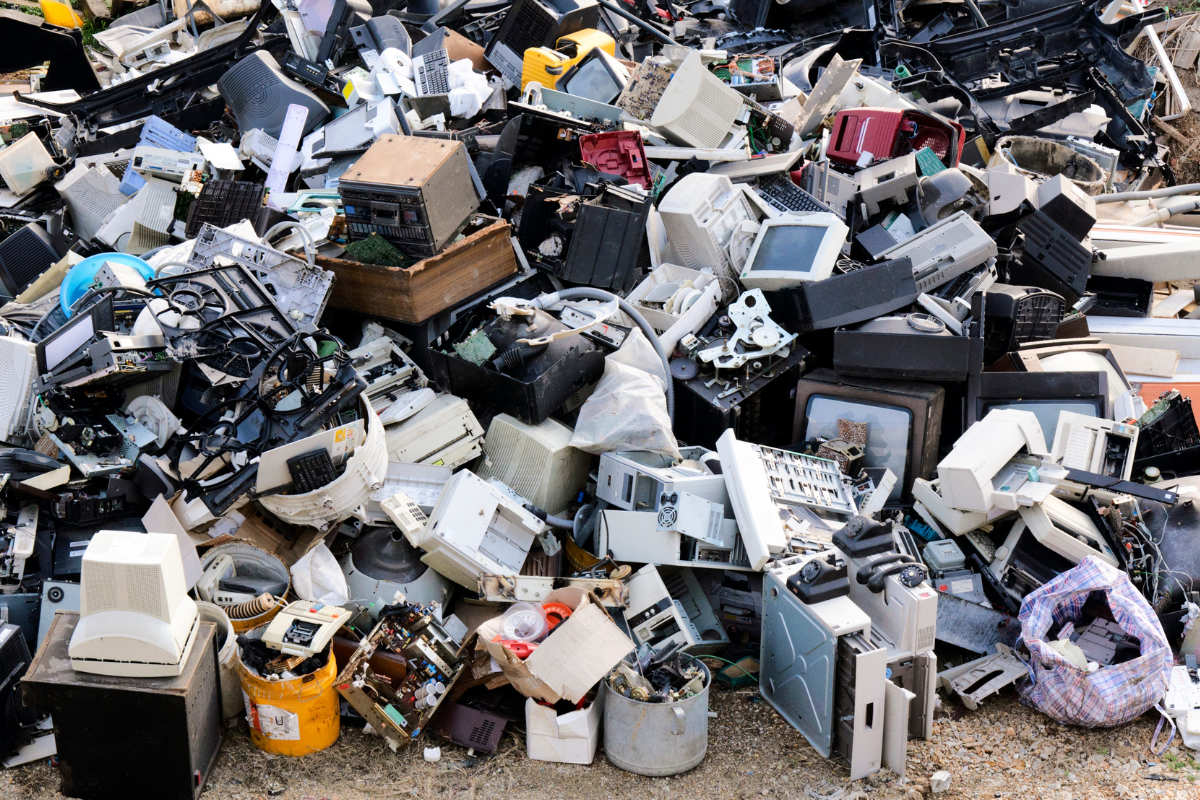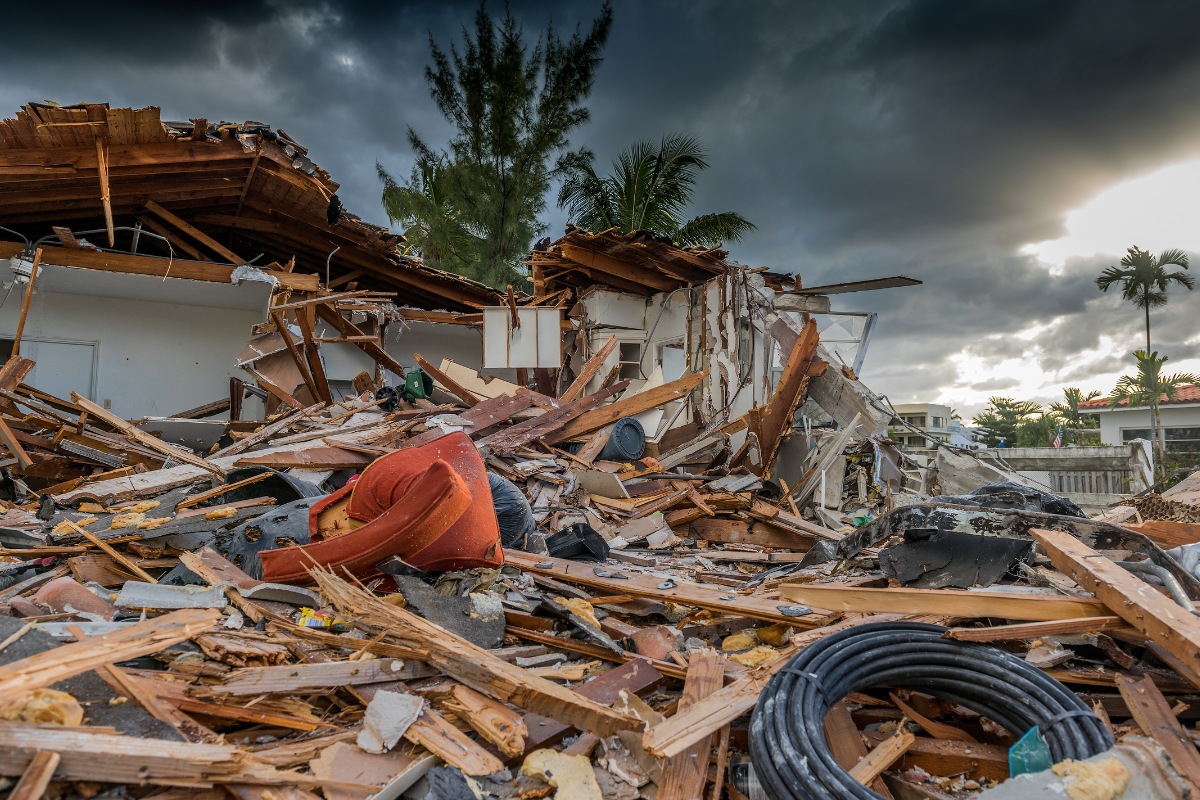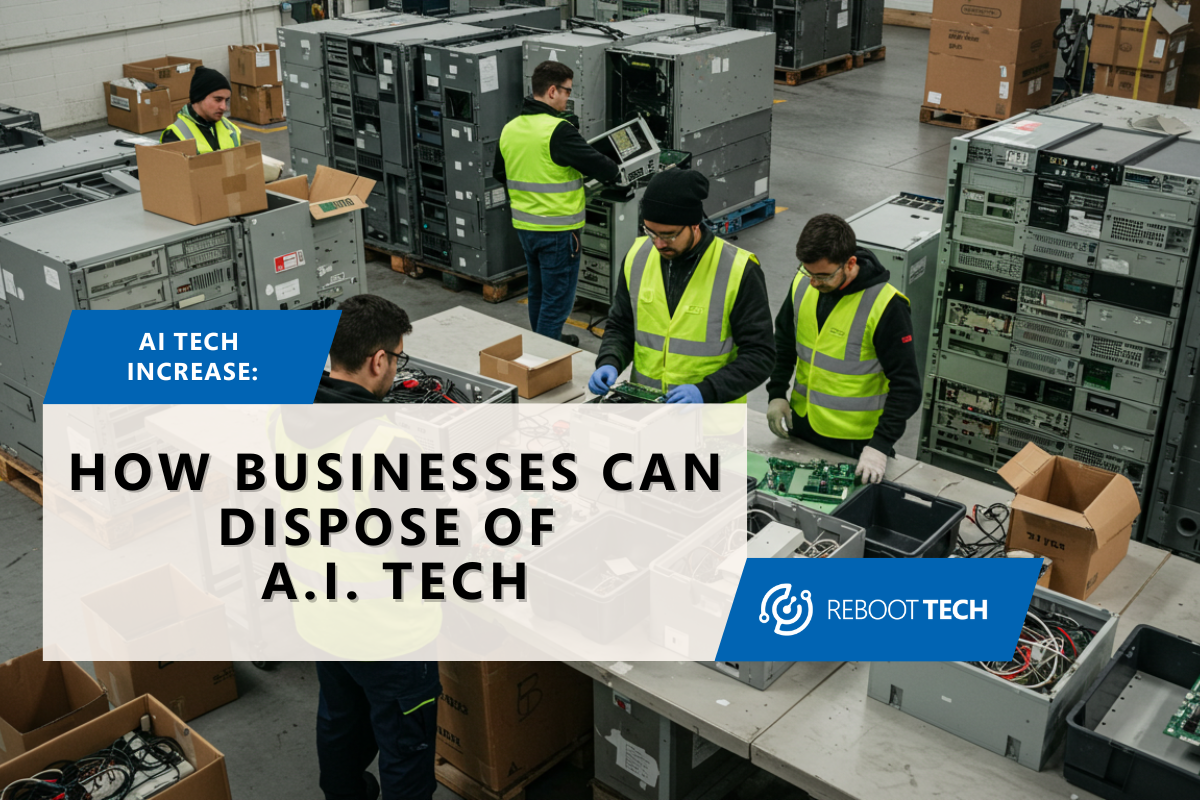
E-Waste Recycling on International E-Waste Day
As technology evolves at an unprecedented pace, so does the volume of electronic waste, or e-waste, we produce. Every year, millions of old mobile phones, cell phones, gaming consoles, computers, monitors, and household appliances end up in landfills, causing serious harm to the environment. This growing issue has prompted the creation of International E-Waste Day, an annual reminder of the need for proper disposal and recycling of electronics.
In this article, we will explore the impact of e-waste on the planet and why International E-Waste Day is so important. We’ll dive into the dangers of e-waste, how it contributes to climate change, and what each of us can do to help solve this global problem. Whether it’s understanding how e-waste is generated or learning about the damaging effects on our climate and natural resources, this piece will provide a comprehensive look at the e-waste crisis and how we can mitigate its harm.
What is International E-Waste Day?
International E-Waste Day was launched in 2018 by the Waste Electrical and Electronic Equipment (WEEE) Forum, a group of e-waste recycling organizations. The day, observed every October, is dedicated to raising awareness about the rapidly growing e-waste problem and encouraging people to dispose of their electronics properly.
The goal is to increase the collection, recycling, and safe disposal of electronic components and electronic waste. Proper handling of e-waste ensures that valuable materials like gold, silver, copper, and rare precious metals can be recovered, while toxic chemicals such as mercury and lead are kept out of landfills. By promoting e-waste recycling on a global scale, International E-Waste Day seeks to create a more sustainable future for the planet.

How E-Waste is Generated
E-waste is generated when electronic devices are discarded due to damage, obsolescence, or simply because consumers upgrade to newer models. Every year, we see technological advancements that render old electronics outdated, contributing to the accumulation of e-waste. In 2022 alone, the world generated an estimated 62 million tonnes of e-waste, and only about 22% of it was properly collected and recycled.
The reasons behind the rapid growth of e-waste are manifold:
- Consumerism: The constant demand for the latest gadgets means older devices are thrown away faster than ever.
- Shorter product lifecycles: Many modern devices are designed to last only a few years before becoming obsolete or non-functional.
- Limited repair options: Repairing broken electronics is often more expensive than purchasing new ones, encouraging disposal rather than fixing.
- Lack of awareness: Many people are still unaware of the environmental consequences of improperly discarding their electronics.
These factors have made e-waste one of the fastest-growing waste streams globally. If left unchecked, this trend will devastate public health and the environment.
The Effects of E-Waste All Over The World
The effects of e-waste are felt across the globe. Improper disposal of e-waste leads to the release of toxic chemicals, including lead, mercury, cadmium, and flame retardants, which can contaminate soil, water, and air.
Developing countries, where much of the world’s e-waste is shipped, bear the brunt of these hazardous effects. Agbogbloshie, Ghana, is one of the largest e-waste dumps in the world. It faces serious environmental damage and health risks from burning e-waste.

The improper disposal of e-waste also has economic consequences. Electronic products contains valuable materials like gold, silver, and copper that can be recovered and recycled. However, much of this potential value is lost when e-waste ends up in landfills or is processed in informal recycling operations that lack proper safeguards. It’s estimated that around $62.5 billion worth of recoverable resources are lost annually due to inadequate e-waste recycling.
Climate Change and E-Waste
E-waste doesn’t just pollute the environment—it also contributes to climate change. When electronics are dumped in landfills or incinerated, harmful greenhouse gases are released into the atmosphere. These gases trap heat and contribute to global warming, further exacerbating the climate crisis.
In recent months, we’ve seen extreme weather events, like Hurricane Milton and the devastating hurricanes that hit Florida, that have been linked to rising global temperatures. As climate change accelerates, the severity and frequency of hurricanes, floods, and other natural disasters increase. Improper e-waste disposal plays a role in this by adding to the carbon footprint and releasing toxic substances that can leach into groundwater and ecosystems.

What You Can Do to Help
While the global scale of the e-waste crisis may seem overwhelming, there are practical steps that each of us can take to reduce our impact. Here’s how you can help:
- Donate or resell electronics: Before throwing out your old devices, consider donating them to schools, non-profits, or other organizations that could still use them. Many electronics, even if slightly outdated, can have a second life in a new home. Reselling functional devices is another great option that reduces the amount of e-waste generated.
- Dispose of electronics properly: Always recycle your e-waste through certified e-waste recyclers. Companies like Reboot Tech offer e-waste recycling services that include safe disposal, data destruction, and IT asset disposition (ITAD). These certified recyclers ensure that valuable materials are recovered, and hazardous chemicals are disposed of responsibly.
- Spread awareness: Help spread the word about the dangers of e-waste and the importance of proper recycling. Many people are unaware of the environmental risks posed by e-waste, and educating your community can make a big difference. Whether it’s talking to friends and family or sharing information on social media, spreading awareness is key to driving change.
- Support companies that prioritize sustainability: When shopping for new electronics, choose brands that focus on sustainability and offer recycling programs for old devices. Many companies are now offering take-back programs that allow customers to return their old electronics for safe disposal or recycling.
Recycle with Certified Centers Like Reboot Tech
International E-Waste Day serves as an important reminder of the need for responsible e-waste disposal. The effects of e-waste on the planet are far-reaching, from polluting the environment to contributing to climate change. By taking steps to properly recycle electronics and working with certified recyclers like Reboot Tech, we can all play a part in reducing e-waste and protecting the environment.

Reboot Tech specializes in IT asset disposition (ITAD), bulk e-waste recycling, and secure data destruction. This makes it easier for people to dispose of their e-waste responsibly while having solid data security. By choosing certified e-waste recyclers, we ensure that valuable materials are recovered, and harmful toxins are kept out of our air, water, and soil.
The fight against e-waste starts with awareness and responsible action. On this International E-Waste Day, let’s commit to making informed choices about our electronics and contributing to a cleaner, more sustainable planet.





